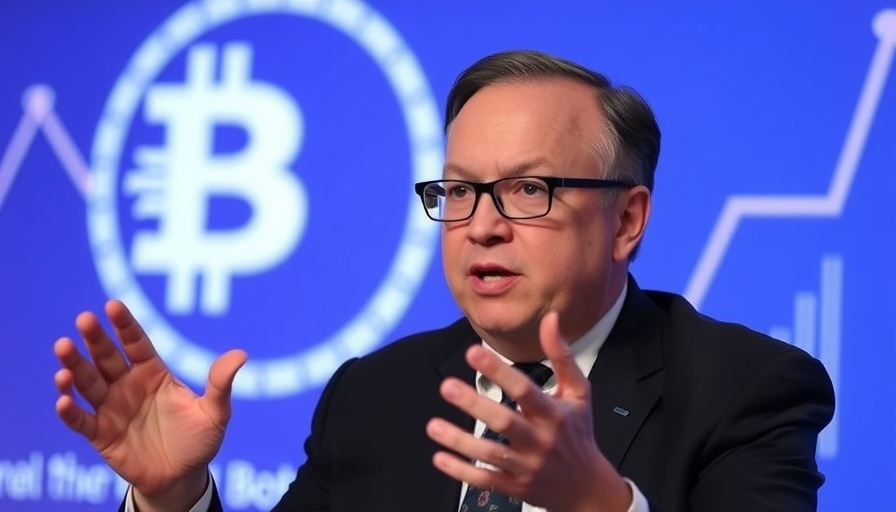
Max Keiser Questions New Bitcoin Treasury Companies' Resilience
Recently, Bitcoin advocate and maximalist Max Keiser voiced concerns regarding the credibility of newer Bitcoin treasury companies that aim to emulate the corporate BTC reserve strategy popularized by Michael Saylor, the co-founder of MicroStrategy. According to Keiser, these companies may not yet be prepared to face the rigorous challenges posed by a prolonged bear market.
Testing the Waters: Market Resilience in Bearish Times
Keiser emphasizes that while Saylor has demonstrated remarkable financial discipline by accumulating BTC even when prices fell, newer entrants to the BTC treasury space have not been tested under such circumstances. In a recent post, Keiser remarked, “The Strategy clones have not been tested in a bear market. Saylor never sold and just kept buying, even when his BTC position was underwater.” His argument points to the notion that a lack of historical data around these new companies’ performance during downturns could lead to misguided faith in their ability to maintain discipline and conviction.
The BTC Treasury Trend: Growth or Fad?
This skepticism from Keiser comes at a time when many corporations are pivoting towards Bitcoin as a reserve asset. The influx of these treasury companies positions them as competitive narratives within the cryptocurrency landscape, yet Keiser warns that they may lack the fortitude to withstand the pressures of a market downturn. With predictions suggesting that as much as 50% of total Bitcoin supply could eventually be controlled by corporate treasuries, there’s a pressing need for investors to assess what this might mean for Bitcoin's future.
Spotlight on Michael Saylor’s Strategy
As a key figure in this emerging trend, Saylor has weathered previous market fluctuations, which lends him credibility in the eyes of traditional and crypto investors alike. Companies are taking note of MicroStrategy's success, leading to a surge of copycats aiming to structure themselves similarly to safeguard their assets. However, it begs the question: are these new companies simply riding on Saylor's coattails, or do they have their own robust strategies in place?
What This Means for Investors
For investors, understanding the dynamics at play in the Bitcoin corporate treasury landscape is crucial. Keiser's criticisms serve as a reminder to scrutinize how these companies plan to manage their assets through fluctuating market conditions. Are they prepared for the emotional discipline required to avoid panic selling, or are they susceptible to the same fears that plague everyday investors?
Conclusion: Time Will Tell
As the cryptocurrency community closely watches these new treasury companies, only time will reveal whether they embody the same spirit of resolve as seen in Saylor’s strategy. Investors are urged to tread carefully, evaluating the potential risks associated with these fledgling enterprises. It’s a pivotal moment for the Bitcoin market, and as Keiser suggests, strong foundational strategies have yet to be proven.
 Add Row
Add Row  Add
Add 




Write A Comment